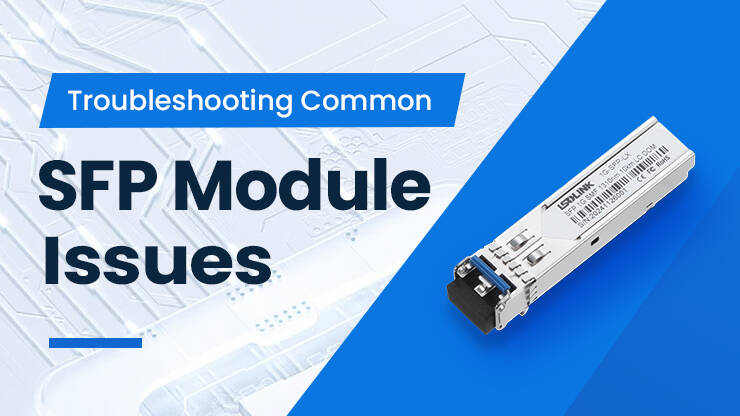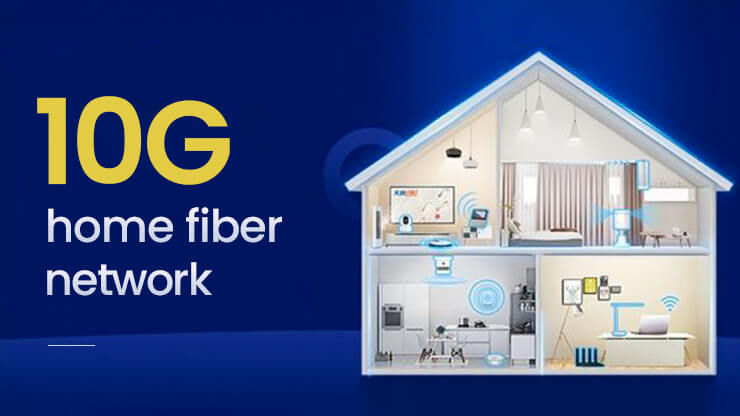Upgrade to SDN Data Center Solution
5G, AI and other emerging future technologies rely on IaaS+ services, cloud, digital and intellectual chain convergence of a unified platform into a technology development trend, the next generation of large-scale intelligent data centre puts forward new demands, data reliability and business continuity into a common demand, and the overall market expansion of the data centre single-site scale grows dramatically, the traditional data centre network architecture is difficult to meet the market demand; and SDN can transfer network intelligence from hardware to software. SDN can transfer network intelligence from hardware to software, users do not need to update the existing hardware to add new features to the network, simplify and integrate control functions, make network hardware equipment more reliable, but also help to reduce the purchase of equipment and operating costs, so it is very important to upgrade the traditional data centre to SDN data centre.
Software-Defined Networking (SDN) is an approach that allows network management to manage the entire network through more advanced services.

Four core benefits of upgrading a legacy network to an SDN network:
- Equipment depreciation and compatibility
SDN decouples the control layer and forwarding layer through open protocols (e.g., OpenFlow, NetConf), mixed networking of vendor equipment, and preservation of the original hardware investment; the old and new equipment is managed by the controller, without the need to fully replace the infrastructure. - Phased upgrade and investment protection
Upgrade process supports progressive transformation, gradually introducing SDN through overlay layer technology (such as VXLAN, GRE), prioritising migration of key services, retaining traditional architecture in non-critical areas, and expanding virtualised resources on demand to avoid one-time hardware investment. - Full network loop protection mechanism
The centralised traffic scheduling capability of SDN can avoid the loop problem of traditional network, dynamically adjust the traffic based on the global perspective, replace the traditional STP protocol, quickly isolate the faulty link, and reduce the risk of broadcast storms. - Centralised architecture
Through the unified controller to achieve the whole network policy issued by one key, instead of device-by-device configuration. Dynamic operation and maintenance (traffic analysis, fault location, etc.), reducing manpower costs.
SDN network with its control and forwarding separation, centralised management features, in a number of industries to achieve innovative applications: government cloud through the centralised deployment of controllers to enhance the efficiency of cross-departmental collaboration, large-scale manufacturing industry with SDN networking solutions to reduce the cost of hardware and promote the transformation of service, the transport sector as a node to optimise the balanced development of logistics, the Internet industry to build a highly reliable new generation of data centre networks, smart cities through traffic scheduling to improve bandwidth utilisation. The Internet industry builds a highly reliable next-generation data center network, and smart cities improve bandwidth utilization through traffic scheduling. In addition, SDN reshapes the cloud-network convergence architecture in the financial industry, realizes centralized security control in the enterprise wireless network, supports flexible device connectivity and predictive maintenance for the industrial Internet of Things (IoT), and enhances the scalability and edge computing capability of mobile networks, and solves the scalability problem in data centres, wide area networks and other scenarios through virtualization, which demonstrates its cross-discipline technology suitability and transformative potential. and transformative potential.








